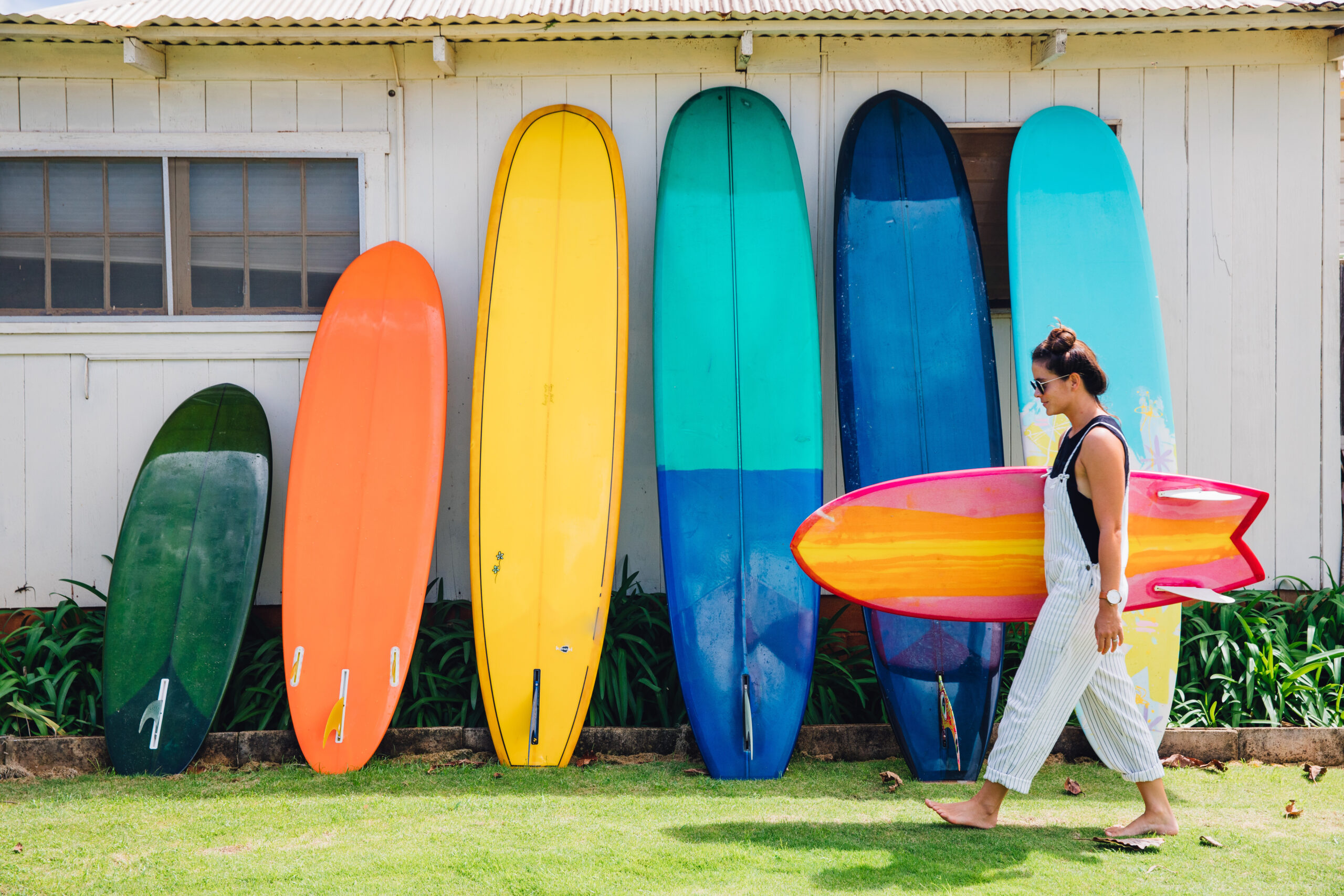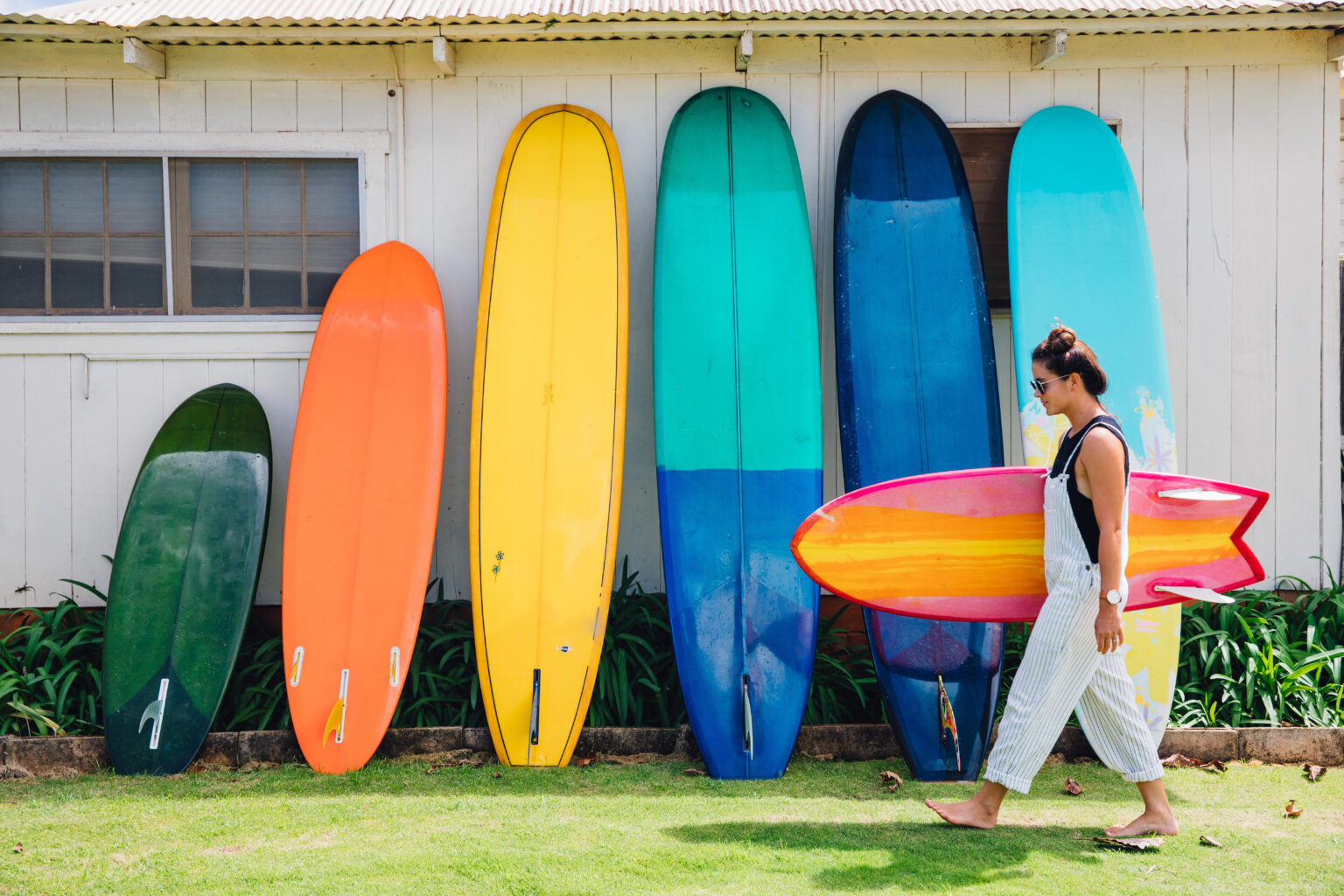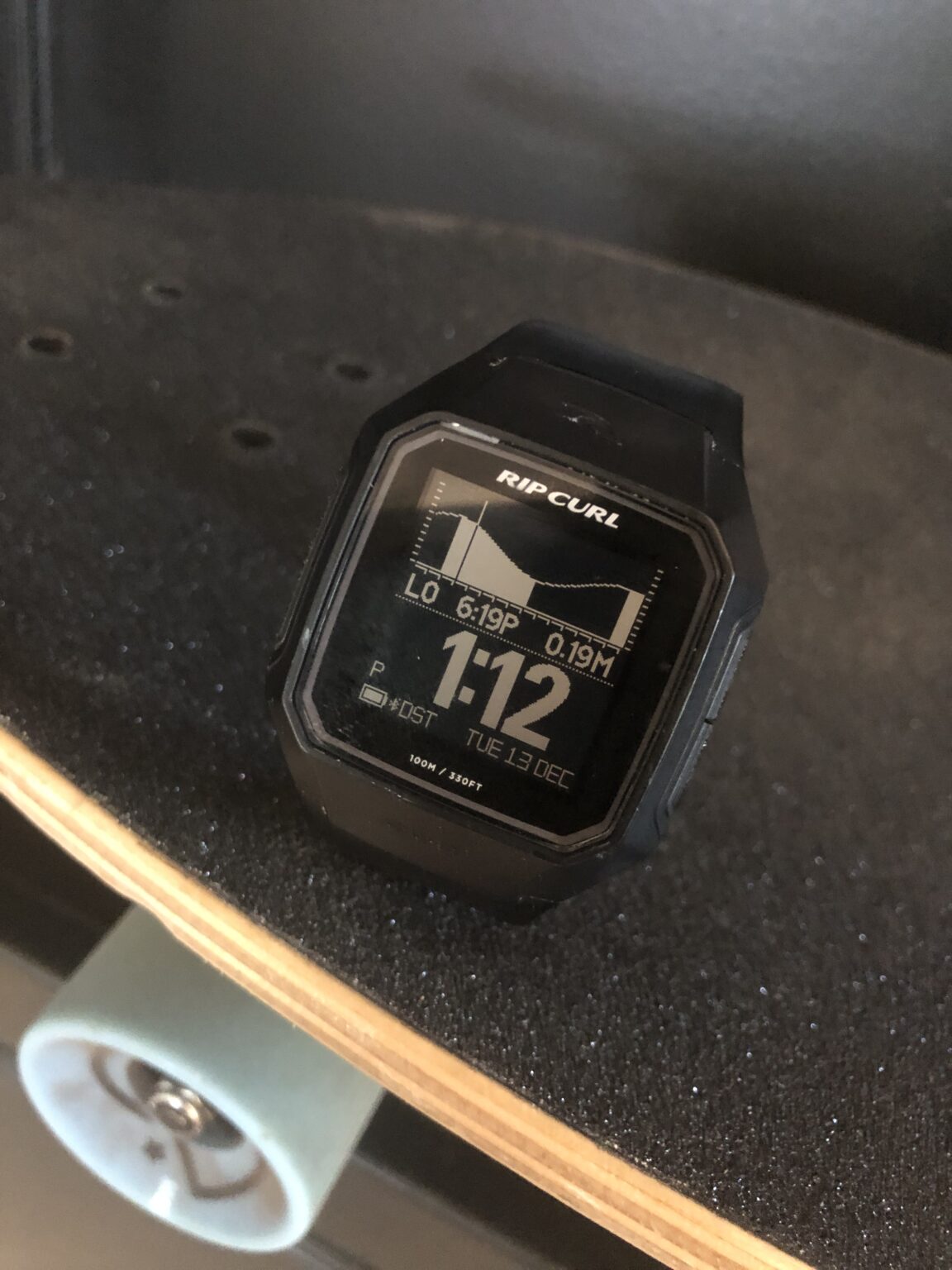When it comes to surfing, having the right surfboard is crucial to your performance and enjoyment in the water. The longboard surfboard is a popular choice among surfers, especially for beginners, due to its stability and ease of use.
However, with a variety of shapes, sizes, and materials available, it can be overwhelming to choose the right longboard surfboard for your needs. In this article, we'll explore the different factors you should consider when selecting a longboard surfboard.
Consider Your Skill Level
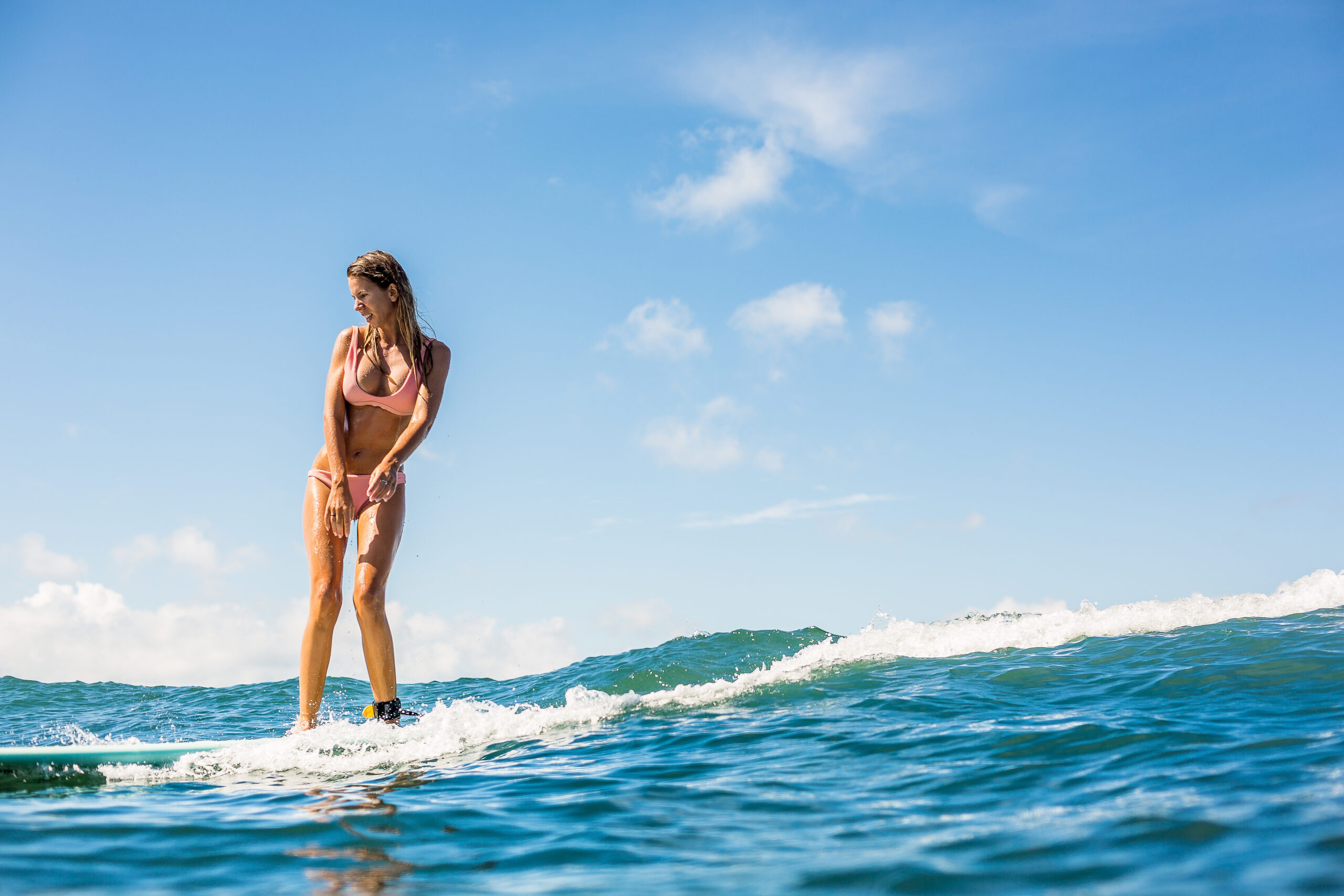
Your skill level is one of the most important factors to consider when choosing a longboard surfboard. If you're a beginner, you'll want to opt for a larger and more stable board, such as a classic longboard surfboard or a soft top. These types of boards are great for learning the basics of surfing, as they offer plenty of stability and help you catch small waves with ease.
If you're an intermediate surfer, you may want to consider a performance longboard surfboard, which is typically smaller and more maneuverable than a classic longboard. This type of board is great for intermediate surfers who want to take their skills to the next level and surf more challenging waves.
Advanced surfers will likely want to choose a smaller board with a narrower tail and a more pronounced rocker, such as a noserider or mini-longboard. These types of boards are designed for more experienced surfers who are looking to surf larger, more powerful waves and perform more advanced maneuvers.
Determine Your Surfing Style
Your surfing style will also play a role in determining the best longboard surfboard for you. If you're a laid-back surfer who enjoys cruising and catching small waves, a classic longboard surfboard may be the perfect choice for you.
If you're more interested in performing tricks and riding larger waves, a performance longboard surfboard may be a better fit. These boards are typically more agile and responsive, allowing you to perform advanced maneuvers with ease.
Consider the Wave Conditions
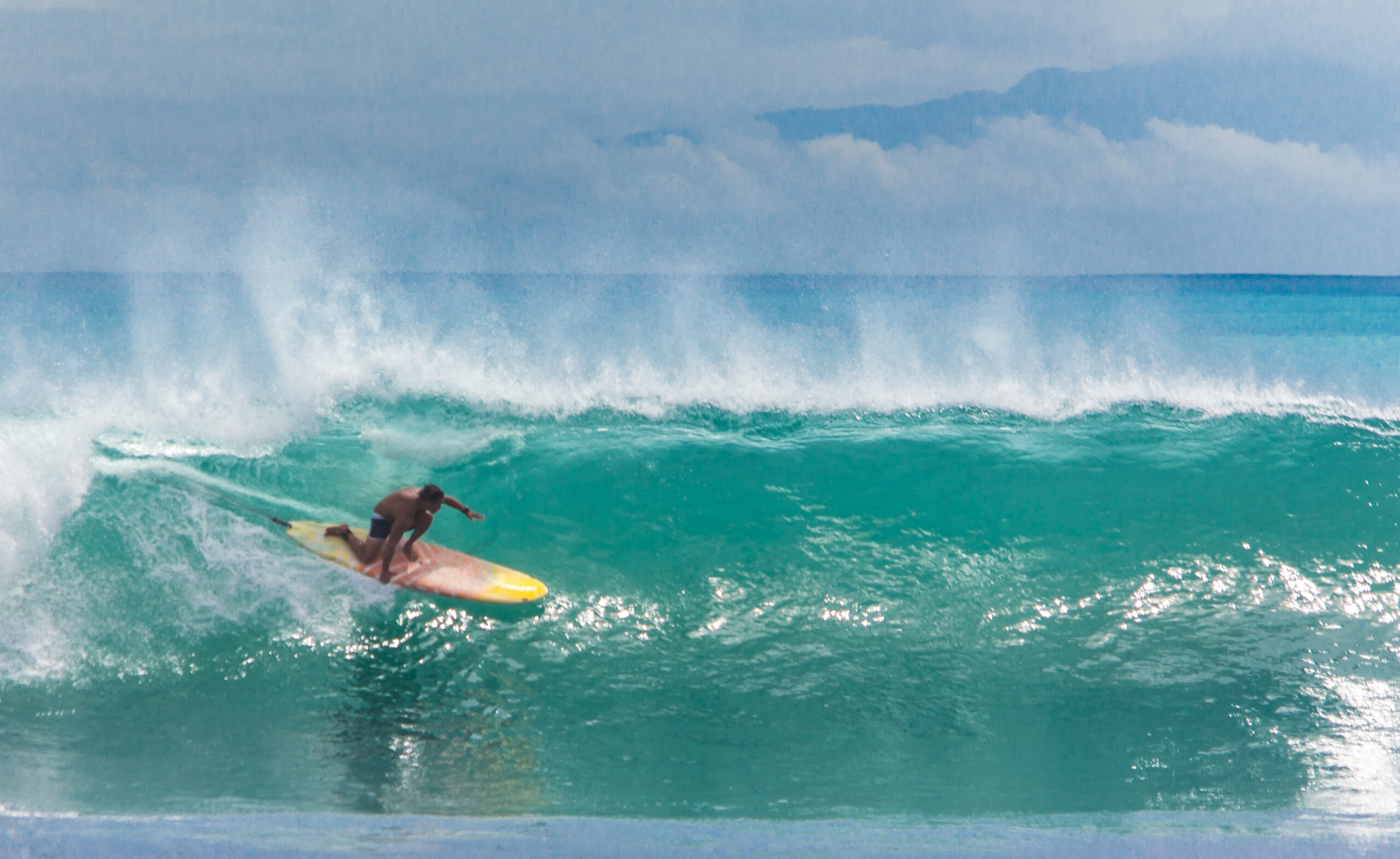
The wave conditions in your local surf spot will also influence your choice of a longboard surfboard. If you'll be surfing in small, slow-moving waves, a classic longboard surfboard is a great option. These boards offer plenty of stability and are great for catching small waves and cruising.
If you'll be surfing in larger, more powerful waves, a performance longboard surfboard or a noserider or mini-longboard may be a better choice. These types of boards are designed for more experienced surfers who are looking to surf larger, more challenging waves.
What Size Longboard Surfboard is Right for Me?
The length and width of a longboard surfboard can also play a role in determining the right board for you. Generally, a longer board will offer more stability, while a shorter board will be more maneuverable. However, the width of the board will also impact its stability. A wider board will be more stable, while a narrower board will be more maneuverable.
When choosing a longboard surfboard, it's important to consider both the length and width of the board. You'll want to choose a board that is appropriate for your height, weight, and skill level, as well as the wave conditions you'll be surfing in.
When choosing the right size longboard surfboard, your weight plays a key role. Lightweights should consider a board in the 8’6 range, midweights can opt for a 9’0 board, and heavyweights can go for a 9’6 board. If you're a super heavyweight, you can either opt for a wider and thicker 9’6 board, or go for a longer board up to 10’.
However, it's important to note that these measurements are not exact and can vary depending on personal preferences and skill level. If you're a lightweight and come across an awesome 8’4 to 8’7 board, go for it! Although, once you go above 10’, most surfers will have difficulty controlling the extra length, unless they are highly skilled and able to take advantage of the extra glide.
Choose the Right Material: PU or Epoxy
The material used to construct a longboard surfboard can also play a role in determining the right board for you. The most common materials used in the construction of longboard surfboards include traditional polyurethane (PU) fiberglass and epoxy.
Advantages of Polyurethane in Longboard Surfboard Construction
Polyurethane is a popular choice for surfboard construction due to its lightweight and flexible properties. This makes it ideal for surfboard construction as it provides a smooth ride and good shock absorption. While polyurethane is also known for its ability to absorb impact, epoxy is stronger and more durable.
Advantages of Epoxy in Longboard Surfboard Construction
Epoxy is a strong material that is often used in surfboard construction due to its resistance to water and UV light. This makes it ideal for use in harsh surf conditions, as it provides a higher level of protection against damage. Epoxy is also known for its lightweight properties, lending to the performance of this “newer” construction. While epoxy may offer more in terms of durability and lifespan, true enthusiast will likely swear by poly boards for their feel.

